Samsung Galaxy S9+ vs iPhone X vs Pixel 2 XL vs Galaxy Note 8: Low-light camera shoot-out
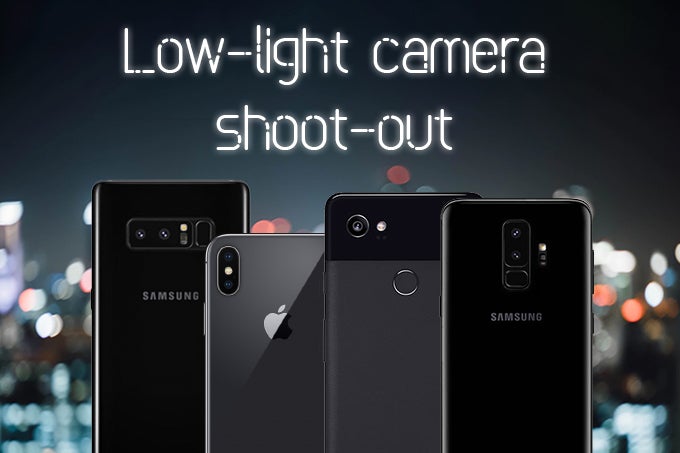
Scene 1
Without pixel peeping, I can tell you that all phones, except the iPhone X, which for some reason has left us with this unnaturally orange shot, do a good job at capturing the light on the facade. When we zoom in, however, the differences between how the four devices treat detail and texture become apparent. As you can see from the crops for this scene, Samsung has toned down the sharpening for the S9. The Note 8 photo exhibits loads of sharpening in the finer details, which makes the bumpy texture of the stones pop, but it looks quite unnatural when you look at the image in full size. The iPhone X renders detail on the building in a similar fashion to the S9. It doesn't look bad, save for the orange cast, but many people may prefer the over-sharpened image from the Note 8. The Pixel 2 XL, in my opinion, does the best job out of the four in this scene, as it manages to preserve detail without relying on excessive sharpening.
Scene 2
This scene is trickier than the previous one, because there's little to no direct light being cast on the church. In this scenario, the S9 does a really fine job at producing a clean, sharp-looking image. Just take a look at the branches above the dome – they are razor-sharp in the S9+ photo. Of course, this comes at the cost of some ringing artifacts around the branches, but that's nothing out of the ordinary. The Note 8 shot is obviously darker, but it's still sharp enough and looks much better than the one from the iPhone X. The iPhone, in this scene, produces a rather unpleasant, murky image with plenty of noise in the sky and other solid-colored areas of the image. The Pixel 2 XL does an alright job here, but not as good as the S9+. The photo looks clean all-around, but detail could be much better.
Scene 3
This is where it gets interesting. Neon signs, the bane of smartphone photography! There's not much to say about the S9+, Note 8, and iPhone X, as the results are very similar, but the Pixel just kills it in this scene. The only photo where the neon signs are not blown out is the one from the Pixel 2 XL. Just look at that "Segafredo" sign on the left. The other three do a commendable job of capturing detail and suppressing noise in darker areas, but the Pixel 2 is way ahead in this scene. Exposure stacking at its finest.
Scene 4
This one is a close race between the four. The Note 8 is the sharpest of the bunch, which comes down to the aggressive post-processing it employs. However, in this scene, I think, it's for the better. Looking at the statue, you can make out subtle details in the Note 8 shot that you can't see in the others. The downside is that there are some nasty lens flares in the shot. The Galaxy S9+ produces an images that is sharper than the iPhone X and Pixel 2 XL photos, but not quite up to par with the Note 8. The iPhone X does an alright job, but blows out some of the highlights on the horse, while the Pixel 2 XL nails the exposure perfectly.
Scene 5
Alright, let's check out the front-facing cams on these phones. Right off the bat, the Galaxy S9+ and Note 8 are head and shoulders above the other two. The iPhone X shot is very murky and noisy, while the Pixel 2 XL fails to properly expose the scene. The Note 8 shot, while nice and bright, is a bit on the soft side and also has a pinkish tint to it. The Galaxy S9+ fares better than the rest, producing a bright, clean, and detailed image.
Conclusion
Alright, so what did we learn here? Well, for one, the Galaxy S9+ is not that big of an improvement over the Note 8/S8, but it does produce more natural-looking results, since Samsung has obviously toned down some aspects of its post-processing algorithms. The Pixel 2 XL, while not the sharpest of the bunch, is very good at stacking exposures and producing well-balanced images, even when dealing with high-contrast scenes. Neon signs against a darker background will usually come out blown out when shooting on "Auto" (or the background will be pitch-black if you expose for the sign), but the Pixel 2 XL manages to pull through and deliver commendable results, thanks to Google's awesome exposure stacking trickery. The iPhone X is not as good as the rest when it comes to shooting at night. The images often times come out soft and too noisy for my liking.


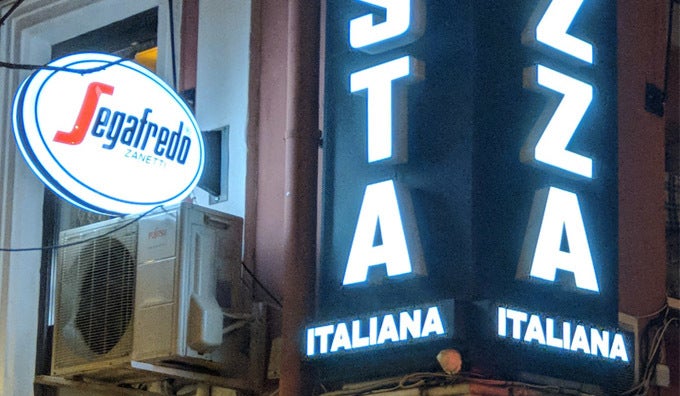
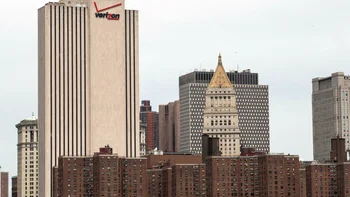

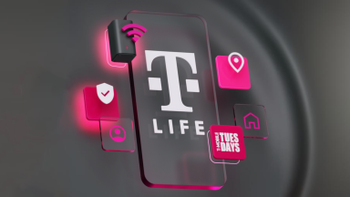
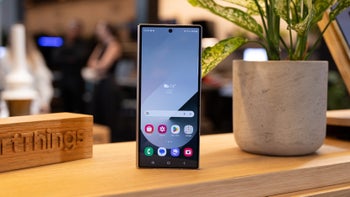
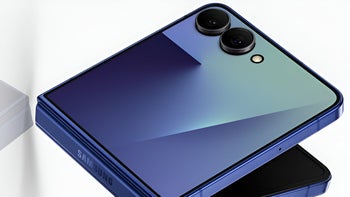
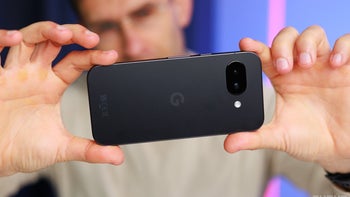



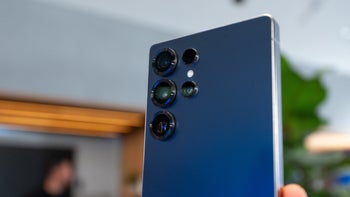
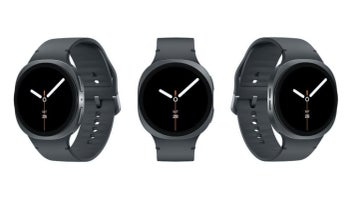

Things that are NOT allowed:
To help keep our community safe and free from spam, we apply temporary limits to newly created accounts: